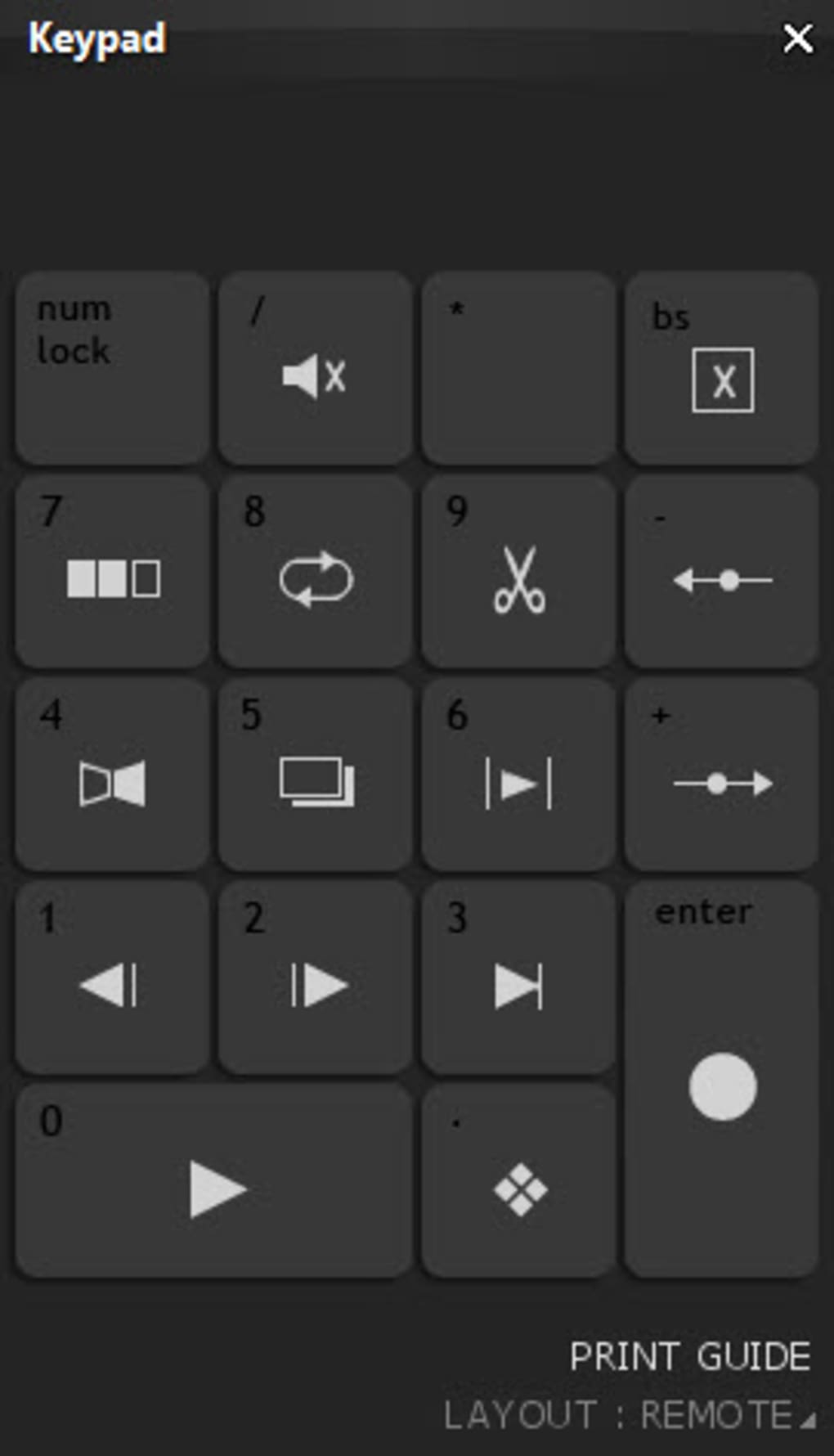

The only known extant disc contains stereoscopic photograph pairs of different phases of the motion of a machine. In 1852, Jules Duboscq patented a "Stéréoscope-fantascope ou Bïoscope" (or abbreviated as stéréofantascope) stroboscopic disc. Unfortunately, the plan was never executed, possibly because Plateau was almost completely blind by this time. He believed such a project would take much time and careful effort, but would be well worth it because of the expected marvelous results. Plateau concluded that for this purpose 16 plaster models could be made with 16 regular modifications. Wheatstone had suggested using photographs on paper of a solid object, for instance a statuette. Plateau thought the construction of a sequential set of stereoscopic image pairs would be the more difficult part of the plan than adapting two copies of his improved fantascope to be fitted with a stereoscope. Plateau stated that the illusion could be advanced even further with an idea communicated to him by Charles Wheatstone: a combination of the fantascope and Wheatstone's stereoscope. A new translucent variation had improved picture quality and could be viewed with both eyes, by several people at the same time. In 1849, Joseph Plateau published a note about improvements for his Fantascope (a.k.a. These can now be regarded as a form of stop motion or pixilation, but very few results were meant to be animated. History 1849 to 1895: Before film īefore the advent of chronophotography in 1878, a small number of picture sequences were photographed with subjects in separate poses. The term "stop motion," relating to the animation technique, is often spelled with a hyphen as "stop-motion." Both orthographical variants, with and without the hyphen, are correct, but the hyphenated one has a second meaning that is unrelated to animation or cinema: "a device for automatically stopping a machine or engine when something has gone wrong" ( The New Shorter Oxford English Dictionary, 1993 edition).
DRAGONFRAME 4 TRANSFER LIPSYNC FULL
Lip-Sync, Integrated: Perform full lip-sync for multiple characters with replacement mouth and eye sets, directly within the audio workspaceĮxport: Direct Access to Source RAW/JPG/TIFF Files: Your camera’s high-res source files are saved in an easily accessible directory. You can even specify shape sounds and hot-keys within the PSD file You can create a Dragonframe face set by making a multi-layer Photoshop file.

Lip-Sync System: Custom Face Sets: Many studios use replacement mouth sets to animate dialogue. Turn on auto-toggle to toggle between live view and a capture frame, or loop playback to get the sense of movement you’re aiming for. Or you may choose to step up your game by stepping directly between live view and the captured frames. You can also animate with tools such as toggling, looping, and onion-skin or work with a configurable x-sheet with easy export options.Īnimate Your Way: You may feel most comfortable animating with onionskin-blending your live view over the previously shot frame. This enables you to execute as many post-processing adjustments as you’d like, without making permanent changes to the original.

All your adjustments and edits are stored and applied on the fly, so that you’ll always be able to move directly into post-production with well-organized files. Not to mention, it’s advanced 3D capabilities, chroma key, and audio scrubbing.
DRAGONFRAME 4 TRANSFER LIPSYNC SOFTWARE
The Dragonframe Stop Motion Software from Dragonframe is image capture software for stop motion animation, motion design, and visual effects for Windows, Ideal for enthusiasts and professionals alike, Dragonframe relies on its stability, ease of use, and huge variety of camera compatibility.


 0 kommentar(er)
0 kommentar(er)
